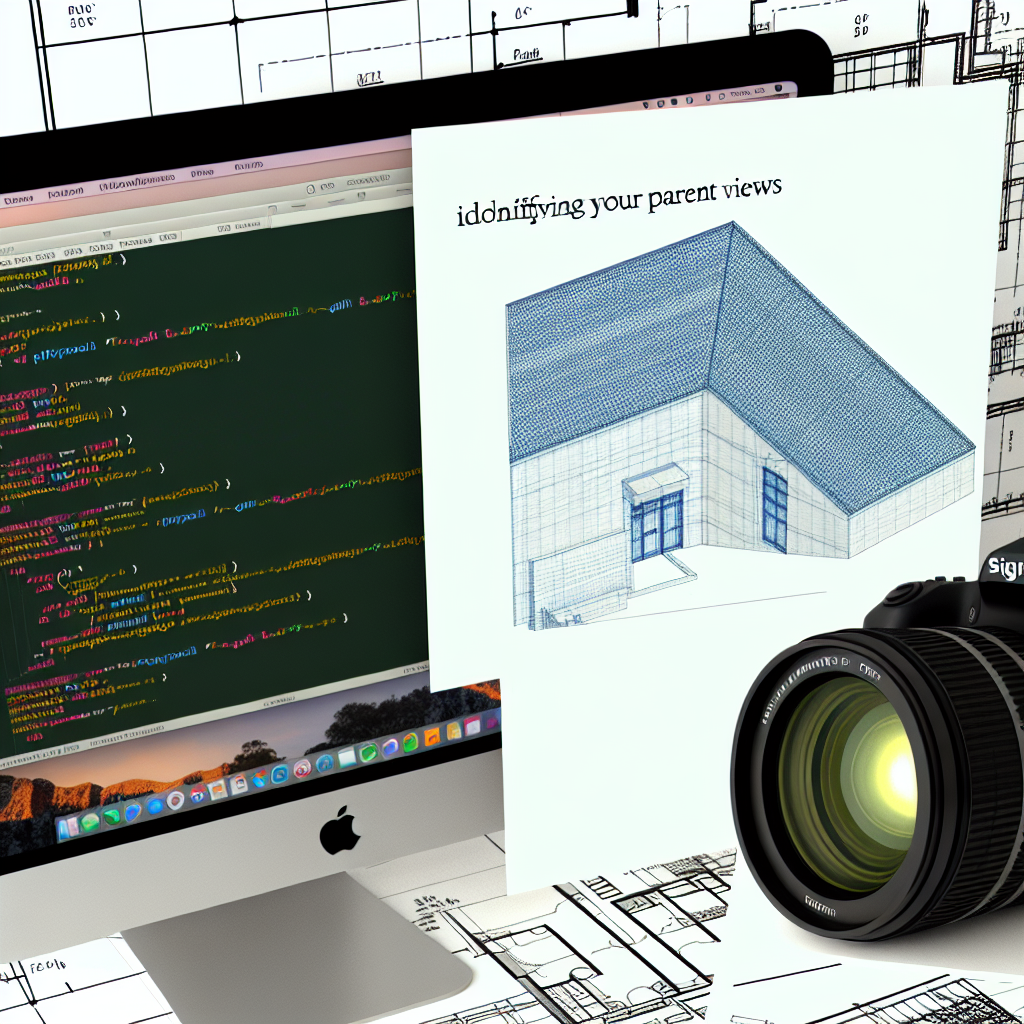Finding parent views in Revit can be challenging, especially when managing complex model hierarchies. Utilizing tools like Dynamo combined with Python scripting can streamline this process, saving time and reducing errors. This article explores how to effectively identify parent views in Revit using Dynamo and Python, providing detailed steps and tips for automation.
Understanding the Hierarchy of Views in Revit
Before diving into automation, it’s crucial to understand how views are organized within Revit. Views such as plans, sections, and details are typically nested within a view hierarchy, often linked through view templates or view references. However, Revit’s native interface doesn’t always clearly show parent-child relationships, especially in complex projects. This is where Dynamo and Python come into play.
Using Dynamo, you can access the Revit API to traverse the view hierarchy programmatically. The key is to identify parameters or properties associated with each view that indicate its parent or related views. For example, certain view elements have properties like ViewTemplateId or ViewParent which can be queried and analyzed using Python scripts within Dynamo.
Automating Parent View Detection Using Dynamo and Python
To locate parent views, follow these steps:
- Set up Dynamo environment: Open Dynamo within Revit and load your model.
- Retrieve all views: Use the Dynamo Revit nodes to collect all View elements in the project.
- Filter relevant views: Apply filters to narrow down views of specific types or categories, such as floor plans or sections.
- Integrate Python script: Use the Python Script node to iterate through the views and extract their properties, focusing on parent-related parameters.
Within the Python script, you can use the Revit API to access properties like ViewFamilyType, ViewTemplateId, or custom parameters that may indicate hierarchy. By analyzing these properties, the script can identify which views are children and find their associated parent views. Here’s a sample snippet:
import clr
clr.AddReference('RevitAPI')
from Autodesk.Revit.DB import *
# Get input views from Dynamo
views = UnwrapElement(In[0])
parent_view_mapping = {}
for view in views:
# Check if the view has a parent view property
view_id = view.Id
view_type = view.GetType()
# Example: Check for ViewTemplateId or other custom properties
if hasattr(view, 'GetType'):
parent_id = view.get_Parameter(BuiltInParameter.VIEW_TEMPLATE_ID).AsElementId() if view.get_Parameter(BuiltInParameter.VIEW_TEMPLATE_ID) else None
if parent_id and parent_id != ElementId.InvalidElementId:
parent_view = views.FirstOrDefault(lambda v: v.Id == parent_id)
if parent_view:
parent_view_mapping[view.Name] = parent_view.Name
else:
parent_view_mapping[view.Name] = "No parent found"
# Output the mapping
Out = parent_view_mapping
This script exemplifies how to gather parent view data, which can then be exported or used for further analysis. Adjustments might be necessary based on your project’s specific parameters and view configurations.
Conclusion
By understanding the hierarchy of views in Revit and leveraging Dynamo coupled with Python scripting, users can efficiently locate parent views, especially in complex models. Automating this process not only enhances accuracy but also significantly improves workflow efficiency. Mastering these tools opens up new possibilities for managing Revit projects more effectively, especially when dealing with large-scale or intricate architectural designs.
